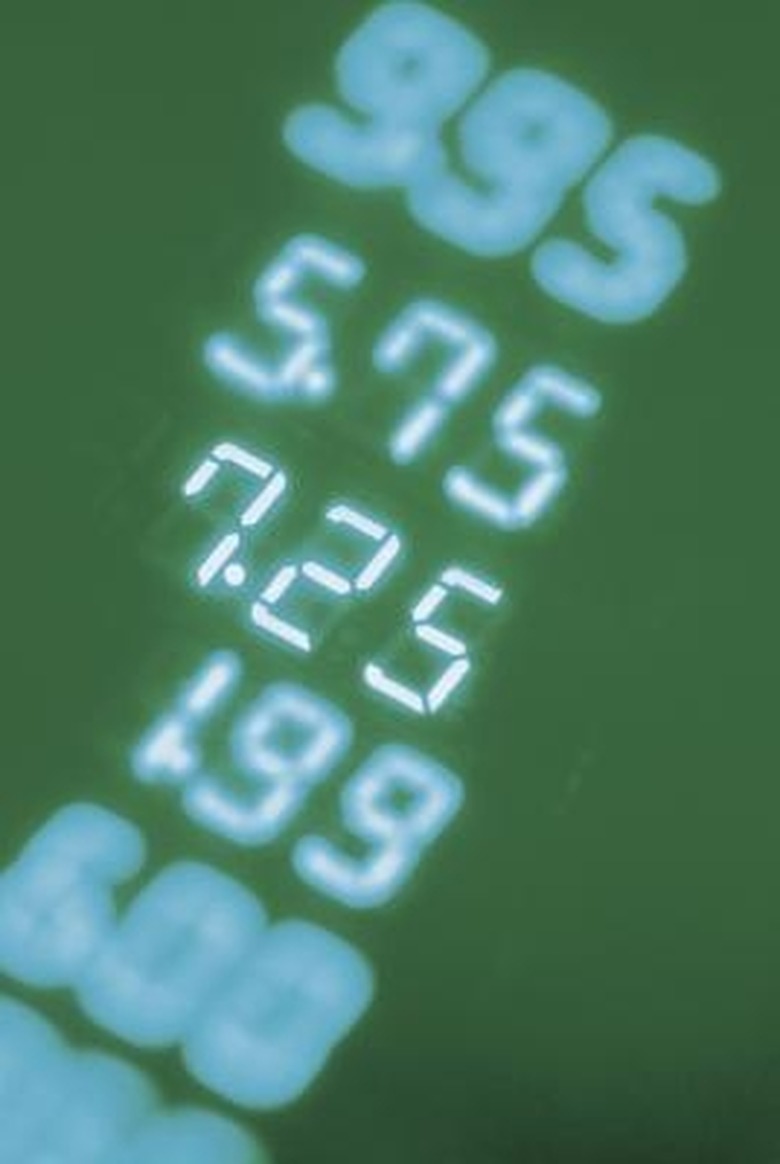How To Express A Terminating Decimal As A Quotient Of Integers
The set of numbers that can be written as an integer divided by another integer is known as the rational numbers. The only exception to this is the number zero. Zero is considered undefined. You can express a rational number as a decimal through long division. A terminating decimal does not repeat, such as .25 or 1/4, as opposed to a repeating decimal, like 0.333 or 1/3.
Step 1
Express the terminating decimal 0.5 as the quotient of numbers. The decimal is read as five-tenths. To express it as a quotient of numbers, put 0.5 over 10 as in a division problem: 5/10 which simplifies to 1/5.
Step 2
Express the terminating decimal -0.85 as the quotient of numbers. The decimal is read as negative seventy-five-hundredths. To express it as a quotient of numbers, you place -0.85 over 100: -85/100 which simplifies to -17/20.
Step 3
Express the terminating decimal 1.050 as the quotient of numbers. The decimal is read as two and eighty-three-thousandths. To express it as a quotient of numbers, you place 1.050 over 1000: 1050/1000 which simplifies to 21/20.
References
Cite This Article
MLA
Margaret, Julia. "How To Express A Terminating Decimal As A Quotient Of Integers" sciencing.com, https://www.sciencing.com/express-terminating-decimal-quotient-integers-8716283/. 24 April 2017.
APA
Margaret, Julia. (2017, April 24). How To Express A Terminating Decimal As A Quotient Of Integers. sciencing.com. Retrieved from https://www.sciencing.com/express-terminating-decimal-quotient-integers-8716283/
Chicago
Margaret, Julia. How To Express A Terminating Decimal As A Quotient Of Integers last modified March 24, 2022. https://www.sciencing.com/express-terminating-decimal-quotient-integers-8716283/
